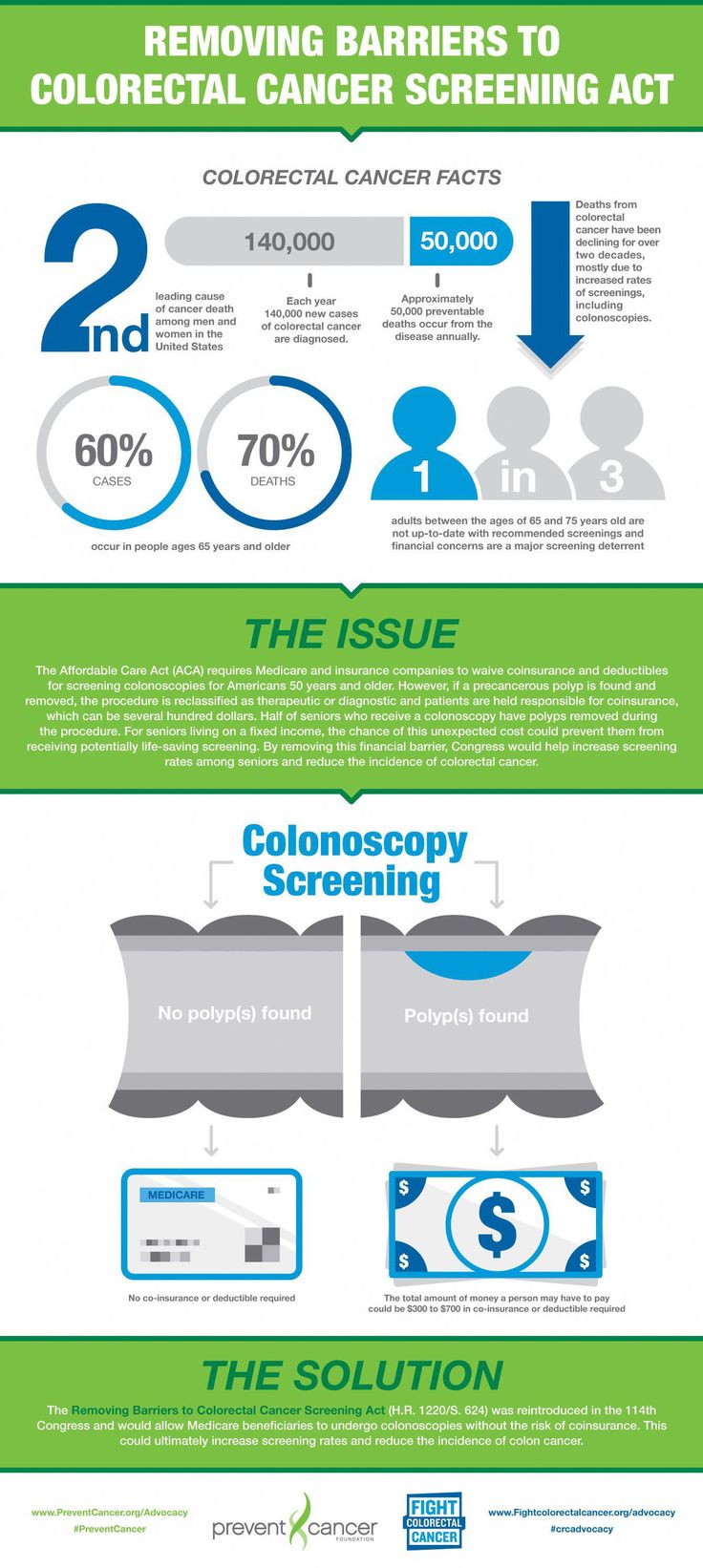Cold laser treatment is a non-invasive, pain-free therapy that helps reduce inflammation and boosts cell regrowth. It is a risk-free option to invasive procedures and typically has immediate outcomes.
Laser photons start a domino effect of chemical reactions within the cell that minimize pain, swelling, and increase healing. It increases blood flow to the location by inducing vasodilation.
What to Anticipate
Cold laser therapy is a non-invasive treatment that makes use of low-level laser light to pass through deep right into injured cells, setting off cell feature on several levels to advertise tissue recovery. This helps reduce pain and inflammation, while advertising contraction and regeneration.
Throughout a session, you'll rest or rest pleasantly and the expert will note the areas on your body that demand to be treated. The expert after that uses a small portable tool with the laser to the location. During the treatment, you might feel a small prickling or heat in the area of your injury.
Before starting treatment, it's important to clean the location of your injury and remove any kind of fashion jewelry or various other items that could obstruct of the laser's path. It's additionally important to avoid any type of combustible materials that could be in the area of the laser beam of light. This will guarantee your safety and the performance of the treatment.
Preparation
Cold laser treatment works by beaming light on the surface of your skin. The light is taken in by the leading layer of your skin and afterwards stimulates the cells to produce power that advertises healing.
During the treatment, you might really feel a warm or prickling experience in the area that is being treated. This is totally normal, though you should let the professional recognize if the experience is awkward or too solid.
This treatment has a great deal of pledge for aiding clients with traumatic brain injury (TBI). The therapy is non-invasive and doesn't have any adverse side effects. However, even more research study is required to figure out the optimal treatment procedure. The best method to figure out if you are a candidate for this kind of therapy is to consult with a qualified physical therapist. They will have the ability to aid you determine if chilly laser therapy is right for you.
The Therapy
When the specialist has correctly positioned you for treatment, they will certainly after that place the chilly laser tool on the damaged area. They may maintain it on for 30 seconds or longer, relying on the size of the injury and its level of sensitivity. They will certainly use safety goggles to guarantee that the laser does not directly strike the eyes, and they will make certain that you are secured from any kind of glare that could occur.
You may feel a slight prickling sensation on the location that is being dealt with, but it will certainly not be undesirable or excruciating. This is a sign that the laser is functioning to boost the healing process in the influenced tissue.
The majority of people experience discomfort relief within a few sessions, with some seeing long-term outcomes also after numerous months of treatments. It is important to keep in mind that LLLT is not meant as a single treatment for any kind of persistent pain problem and it must be coupled with various other therapeutic strategies in order to accomplish maximum results.
Post-Treatment
After you relax or rest, the professional will make use of a wand with a series of light-emitting diodes to target your discomfort site. You will put on safety eye goggles, and the laser might be held on your skin for 30 to one minute. You may really feel a gentle, calming experience throughout the therapy.
The photons from the laser penetrate deep right into your cells, causing a recovery response on a mobile level. Unlike other types of laser therapy, this low-intensity technique does not develop warm.
Some studies have actually shown that cool laser therapy is chronic knee pain effective in treating a variety of conditions, consisting of chronic pain and injuries. However, it is much less widely approved as a common clinical technique, and it isn't covered by several health insurance plans. Furthermore, it is not advised to be utilized over any type of suspicious malignant lesions or carcinomas or on pregnant females. You ought to always consult with your oncologist before seeking this form of treatment.
